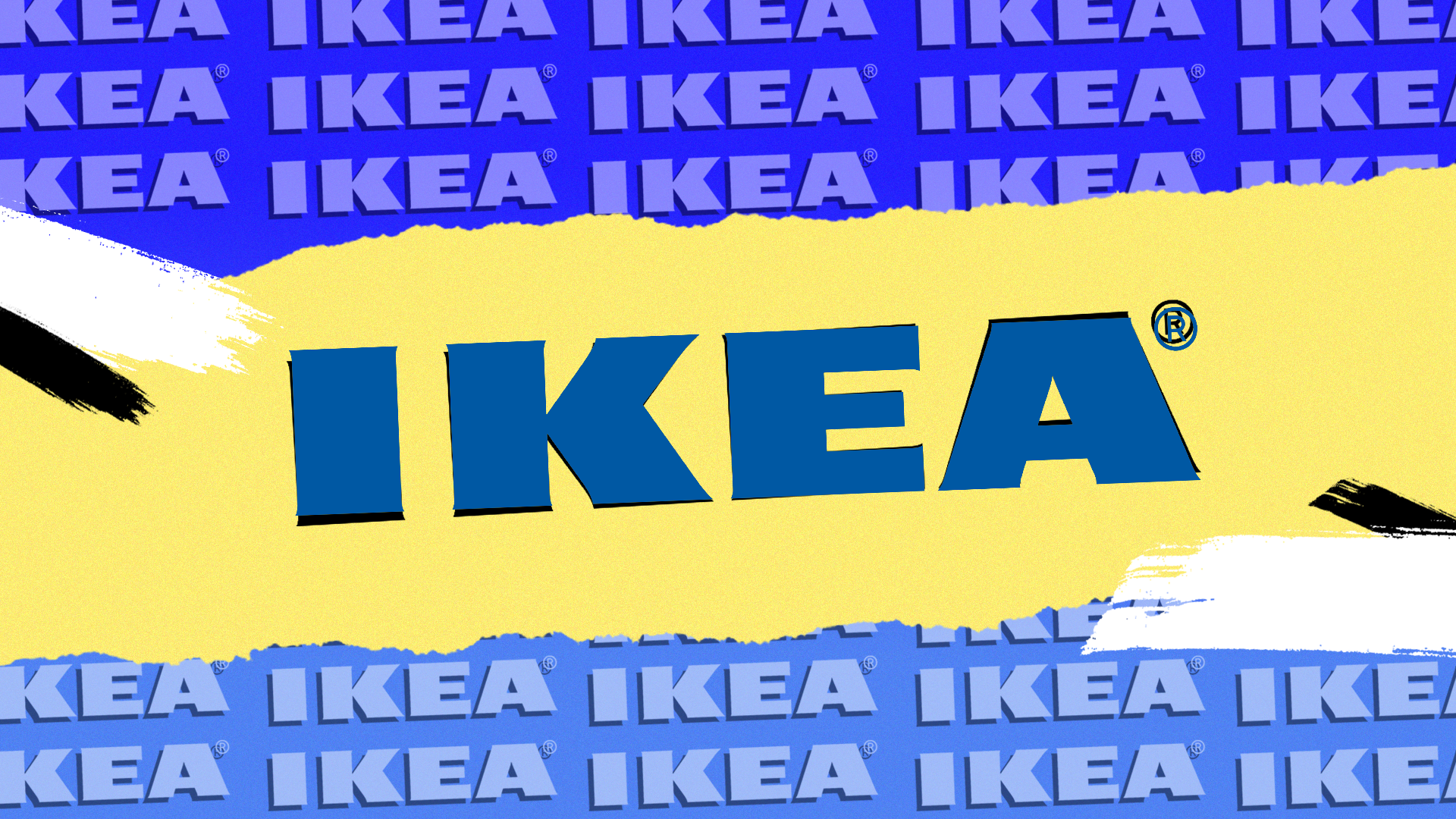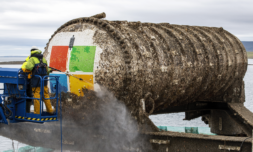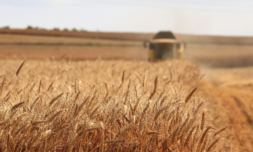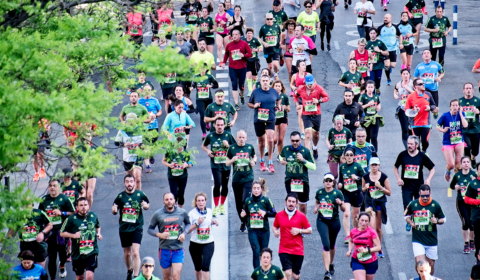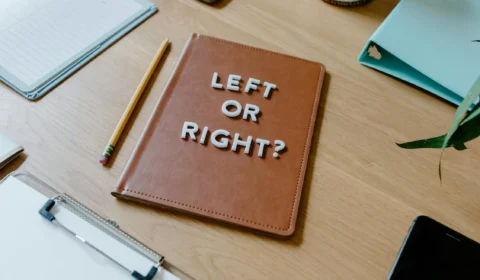Old furniture will be repurposed and resold in the first ever second-hand IKEA store. It’ll be ready to visit by the end of 2020.
I’m sure you’ve probably bought and tried to build a flat-pack IKEA furniture set at least once in your life. They’re cheap, cheerful, and end up looking half decent most of the time, unless you accidentally lose a screw or stick parts together upside down. We’ve all been there.
But decorum advantages aside, IKEA creates a substantial amount of products that inevitably wind up having negative impacts on the environment. IKEA uses roughly 1% of the entire world’s wood supply a year. In 2018 alone it managed to sell $44 billion worth of goods and services, most of which was flat-pack wholesale furniture.
We tend to buy IKEA items on a relative short-term, one time basis. You’ll likely replace the stuff you’ve purchased within three to five years and we often dump old items in landfill or throw them in a skip with little thought. The company is trying to test out ways to tackle this problem with the announcement of its first ever second-hand store that will open by the end of 2020. Just make sure to pack your mask and keep your distance when you arrive.









